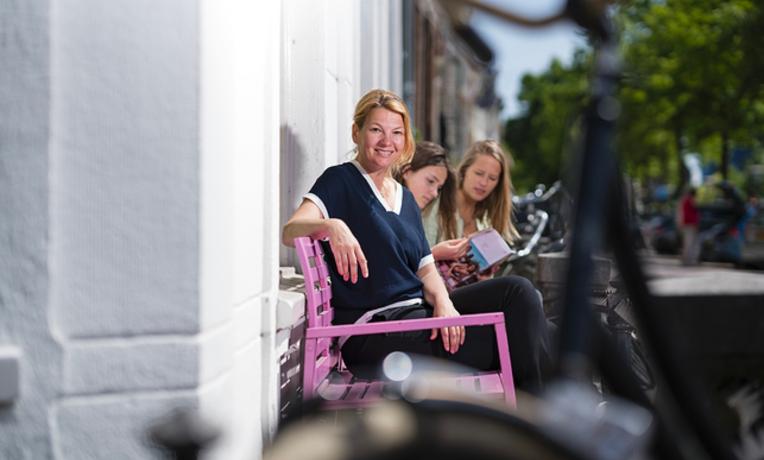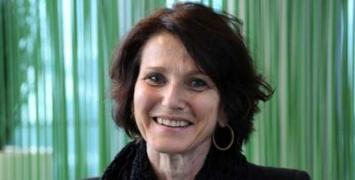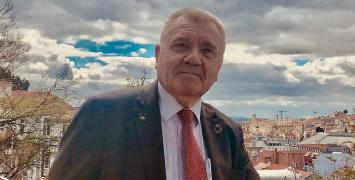
Engaging with citizens can help to boost trust in science. But citizen science is also a valid research method, which is underexploited in my view. So, the ERC’s decision to organise an event on citizen science is timely and useful, both in terms of increasing public engagement and improving the potential of science.
We should be careful about terminology. I sometimes see the term “citizen science” to describe a wide range of outreach activities, or other initiatives involving the community or connecting science to society. For me, citizen science means involving people as an integral part of the scientific process. In medical research, for example, patient organisations increasingly play a central in role thinking about research questions and helping with collecting data.
I did some research recently myself in schools where we asked young kids whether we listen enough to the vision of young people in how they want to shape our world. The kids had the opportunity to collect data themselves from various stakeholders, such as municipality employees, teachers or people who make decisions about infrastructure like playgrounds. They interviewed those people to find out if their ranking was the same as the ranking of the young people.
If you do research on social science like I do, and you wonder how young people can grow up successfully in a complex society, it requires a broader perspectives outside the “tunnel” of your own research. The idea that all the knowledge is within the University is for me a bit limiting. There's a lot of knowledge out there in the real world. For me, it's not just about getting stakeholders involved in data collection, but also challenging yourself about whether you're asking the right questions, so to move a bit beyond your own small groups of peers.
When I ask people to get involved, I say: “Hey, listen. This is your world. You are the future. I'm here as a scientist to make sure that we find all the possible ways that you can get the best out of your future. And the best way for us to achieve that is if we work together. So, what do you think are the important questions, and do you think I'm doing this in the right way?”
But I think we should acknowledge that every method has its advantages and disadvantages. When I do research in the lab, it's super controlled. I control all the conditions and really can make causal conclusions. When I do research “in the wild” it's probably not so well controlled, but I can reach out to communities that possibly would not come to the lab. And when I do survey research, I can reach much larger groups of individuals and really control that. I have all the socioeconomic status levels represented, and then I have control at a different level. As scientists, we always search for the unique and best method, but I don't think it exists. The strength is in the combination of methods where the disadvantages of one method can be compensated by the advantage of another one.
I know that some researchers fear that citizen science may challenge their independence if it results on questions being forced upon them. I think we can acknowledge these concerns, but it's also important not to let that fear get into the opportunities. In my experience, this has never been a problem as long as the respective roles of the researcher and the people participating in the citizen science initiative are made clear from the outset.
I think for me the first step was openness. Really being willing to listen, and not making every relationship instrumental.
It requires a certain humbleness stepping back and being open to learn from others.
It requires a certain humbleness stepping back and being open to learn from others. Sometimes scientists can be pretty confident of their own knowledge. And then it sometimes can be difficult to take that step back and have the openness. Patience is also important, because sometimes it takes a bit longer to get where you want.
During the pandemic, there was a student organization in Groningen in the north of the Netherlands that reached out to me and explained that they couldn’t do any sports and that made them feel very miserable. We developed a survey using snowballing methods together and they sent it out to thousands of students within one week. I've never done a study that fast. And, of course, I could not really control where the snowball was rolling. But the results complemented my lab research on brain science showing the importance of exercise on the development of the brain.
If we look back in history, every novel research method has always provoked some scepticism.
every novel research method has always provoked some scepticism
For example, I do brain research and when this method was first developed in the nineties, people asked what can we learn about behaviour by looking at the brain? Why is this important in the first place? Is it reliable? Is it valid? But now it's a recognised method that has given us so much. It has really been a revolution that has expanded our knowledge of the human brain and how it functions. I think with citizen science, it can be the same because it's a novel approach that provides opportunities to perform research at scale and to gain valuable insights from communities that might otherwise be left out.
In this edition of the ERC Magazine we welcome a perspective from the Executive Director of the European Citizen Science Association and the head of the German Citizen Science Platform. We also hear from ERC funded researcher Victoria Reyes-García who explains the challenges and benefits her research team encountered while using citizen science. You can also discover facts and figures about other ERC funded researchers active in Citizen Science and highlights of some of their projects. Finally, don’t forget to catch up on what happened at our recent Citizen Science conference!
Professor Eveline Crone
Vice-President of the ERC's Scientific Council





